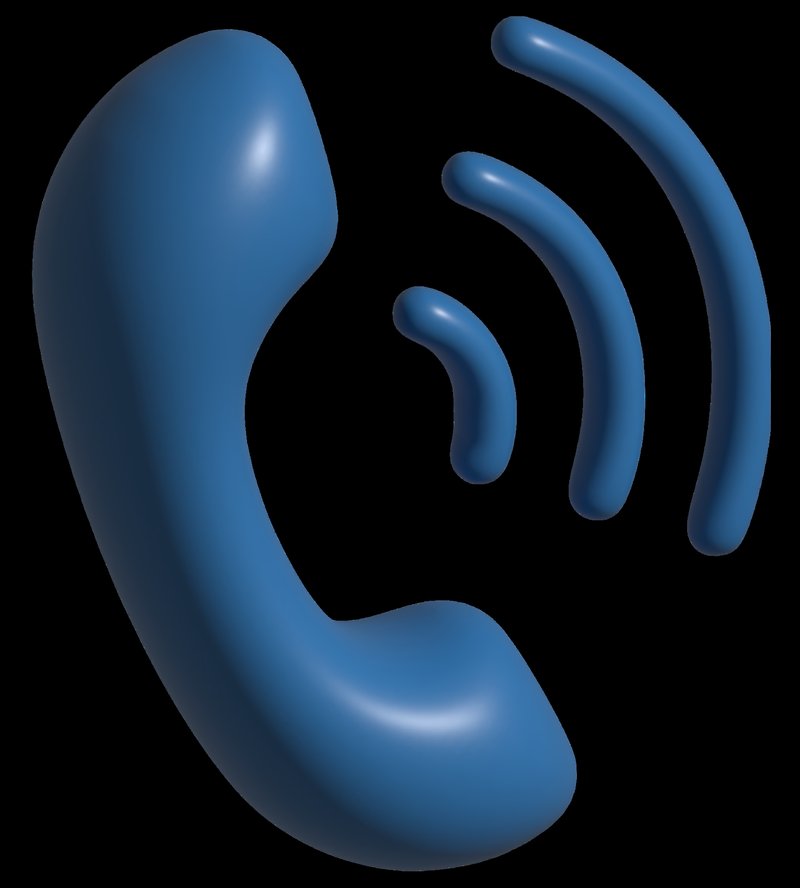
You’ve likely stumbled upon this article because you’re dealing with an “OE” error code on your A.O. Smith water heater, and you’re not sure what it means. The “OE” code is a signal from your water heater that there’s a potential problem with the unit’s operating efficiency. Think of it like a gentle nudge from your appliance saying, “Something’s not quite right, can we look into this?” In our everyday language, it means that there might be a blockage or issue in the exhaust process, which can affect performance—and that’s where we come in to help guide you through understanding and resolving this issue.
Understanding the “OE” Error Code
Let’s dive into what the “OE” error code actually means. Simply put, the “OE” code is often linked to a problem with the venting system of your water heater. Imagine your heater is like a person trying to breathe. For it to function properly, it needs a clear airway. Blockages or restrictions in the exhaust can “suffocate” the heater, leading to disruptions in its efficiency and safety functions.
One common cause for this error code is a blocked vent. This can be due to various reasons, such as debris, birds building nests, or even snow blocking the vent opening. If the vent can’t properly clear out exhaust gases, it can lead to overheating or even a complete shutdown of the system. That’s akin to breathing through a straw—it’s possible, but not ideal for constant, efficient operation.
In some cases, the “OE” error could also be caused by a problem with the pressure switch. This switch is a safety device ensuring that the system is operating at proper pressures. If it’s faulty, it might incorrectly signal that there’s a problem when everything else is in order. Understanding whether it’s a simple blockage or a more complex pressure switch issue can dictate your next steps, which might include calling a technician for a closer look.
Should You DIY or Call a Technician?
Here’s the million-dollar question: should you grab your toolbox and tackle the problem yourself, or is it time to call in the pros? While some handy homeowners might feel comfortable checking the venting system for obstructions, there are situations when it’s best to rely on professional help.
For starters, unless you’re experienced with HVAC or plumbing systems, dealing with exhaust issues can be tricky and potentially dangerous. Gases need to be handled with care, and improper adjustments can lead to harmful situations like carbon monoxide leaks. If you feel any uncertainty, it’s safer to err on the side of caution and call a technician.
Moreover, modern water heaters like A.O. Smith models are equipped with advanced technology. Diagnosing or fixing problems often requires specialized tools or technical knowledge. A certified technician will have the expertise to not only pinpoint the issue but also ensure it doesn’t recur. Plus, they can perform routine maintenance checks that might prevent future slip-ups, saving you both time and money in the long run.
What to Expect When the Technician Arrives
So, you’ve decided to call in a professional—great choice! You might wonder what happens next. When the technician arrives, they’ll usually begin by inspecting the unit itself and the surrounding area. A detailed look at the venting system both inside and outside the home will help them confirm whether there’s a blockage or if another underlying issue is triggering the “OE” error code.
The technician will likely check components like the fan motor and pressure switch, ensuring everything is functioning correctly. Imagine them as a doctor performing a check-up, evaluating both the obvious symptoms and looking deeper for any hidden problems. They might also perform maintenance tasks such as cleaning or replacing filters, checking connections, or resetting system components.
By the end of their visit, you’ll not only have your water heater back in tip-top shape but also some peace of mind. They’ll take the time to explain what went wrong, how they fixed it, and what you can do to prevent it from happening again in the future. This collaborative approach provides both a solution and an education, empowering you to understand your appliance better.
Preventative Tips for Avoiding Future Errors
Nobody wants to deal with persistent issues, so prevention becomes key. Just as you wouldn’t wait for cavities to form before visiting the dentist, it’s wise to maintain your water heater regularly. Start with simple habits, like scheduling annual maintenance checks. This ensures that your unit is cleaned, components are in good shape, and any minor issues are addressed before they become major headaches.
You can also perform monthly visual inspections of the venting system yourself. Look out for dirt, debris, or any signs of blockage around the vent outlets. Clearing these regularly can help prevent many ventilation-related issues. Furthermore, familiarizing yourself with your user manual can also offer valuable insights and guidance specific to your model.
And there you have it! With a little proactive care and the help of a skilled technician when needed, you can keep your A.O. Smith water heater running smoothly for years to come. Remember, it’s all about balance—do what you can to maintain your system, and always feel comfortable reaching out for professional help when things get a bit too technical. Your warm showers and efficient home are worth it!
